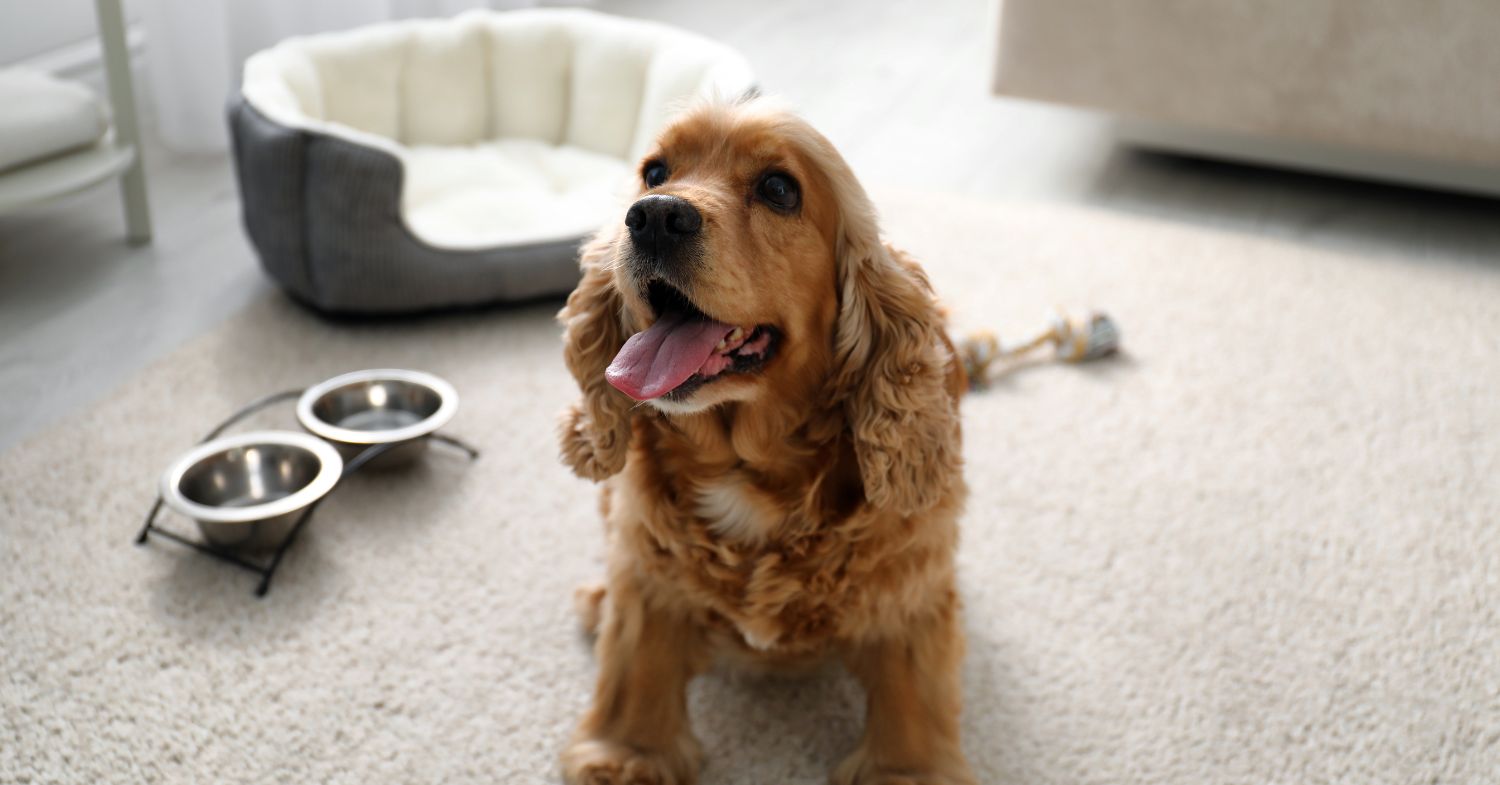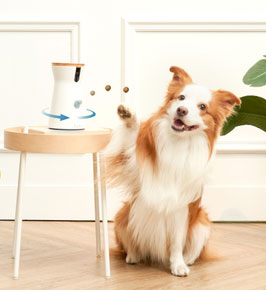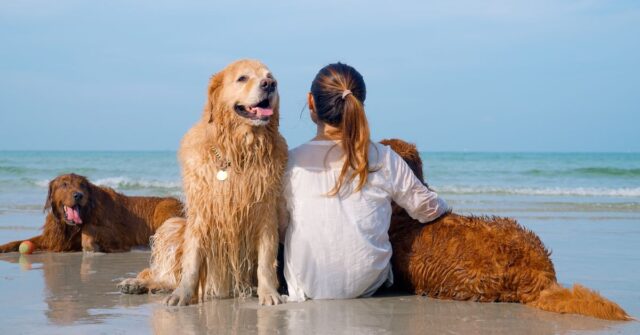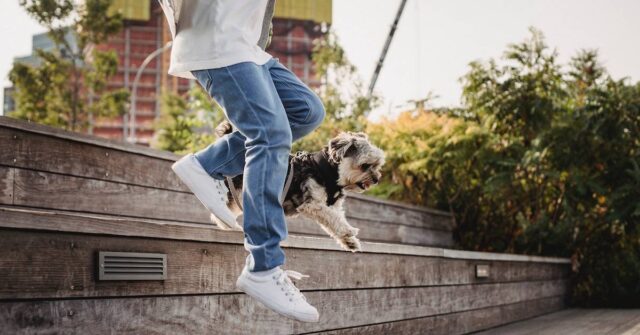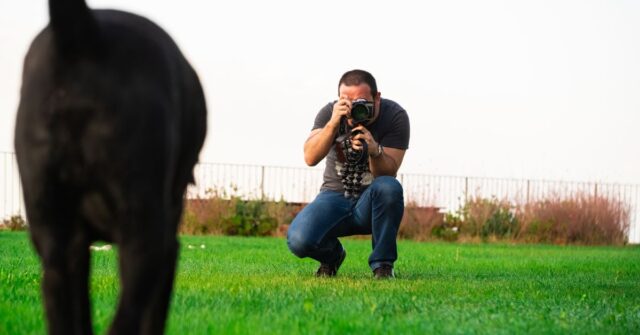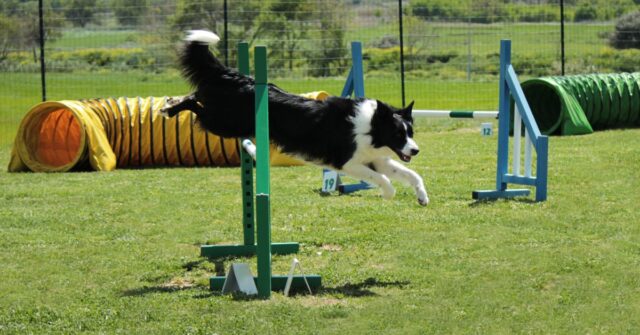Creating a dog-friendly home is essential for the well-being and happiness of your furry friend.
Whether you are preparing for a new puppy or updating your home for your current canine companion, this article covers everything you need to know to create a safe, comfortable, and enjoyable environment for your dog.
Understanding Your Dog’s Needs
Dogs, like humans, have specific needs that must be met to keep them healthy and happy. Understanding these needs is the first step in making your home dog-friendly.
Basic Comfort and Shelter
Your dog needs a comfortable place to rest. This could be a bed, a crate, or a designated corner with soft bedding.
Ensure the area is quiet and free from drafts. Dogs also need shelter from extreme weather, so provide a shaded area outdoors and a warm, insulated spot inside during colder months.
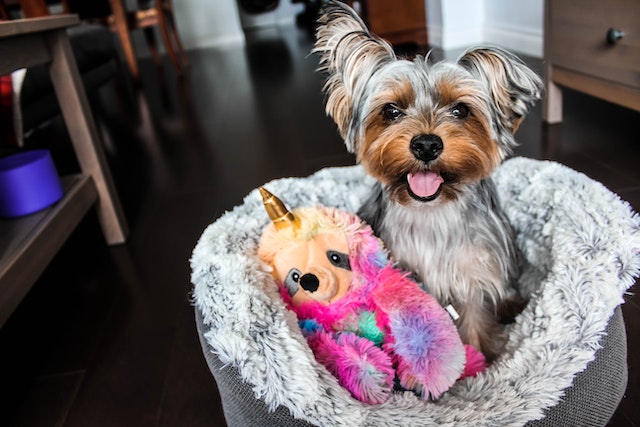

Safe Spaces and Retreat Areas
Dogs need a place to retreat when they feel overwhelmed or tired. This space should be easily accessible and free from disturbance.
A crate can serve this purpose well, as can a cozy corner under a staircase or in a quiet room.
Safety and Hazard Prevention
Your home is filled with potential hazards for dogs. Identifying and mitigating these risks is crucial for your pet’s safety.
Tuck Away Cords and Strings
Electrical cords, blind strings, and even shoelaces can be dangerous if chewed or tangled. Keep these items out of reach, unplug devices when not in use, and use cord organizers to secure any loose wires.
Avoid Toxic Plants
Many common houseplants are toxic to dogs. Plants like lilies, tulips, and certain ivies should be avoided. Opt for pet-safe plants such as spider plants, Boston ferns, and African violets.
Lock Trash Cans
Trash cans can be a source of harmful substances for curious dogs. Use trash cans with secure lids and consider placing them in cabinets or areas that are not accessible to your dog.
Secure Hazardous Items
Keep medications, cleaning products, and foods like chocolate and onions out of reach. Store these items in high cabinets or use child-proof locks to prevent your dog from accessing them.
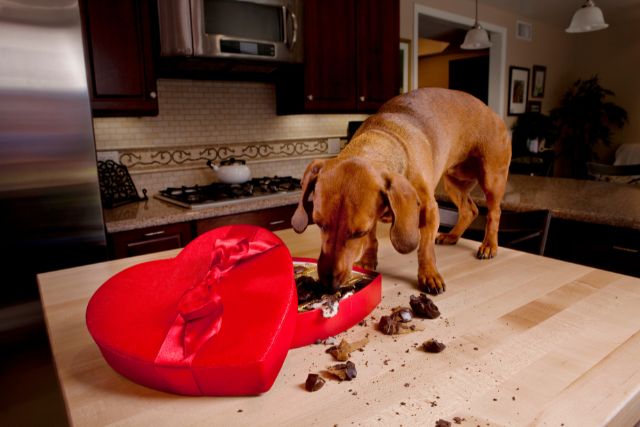

Comfort and Well-being
Beyond safety, ensuring your dog’s comfort and well-being is vital for their happiness.
Providing a Cozy Space
Create a comfortable space for your dog to relax. This can be a bed, a crate, or a designated area with soft bedding. Make sure this space is in a quiet part of the house where your dog can feel secure.
Comfortable Bedding
Invest in a good-quality dog bed that provides support and comfort. Consider your dog’s size, age, and any health issues when choosing a bed. Orthopedic beds can be especially beneficial for older dogs.
Home Modifications
Making a few changes around your home can significantly enhance its dog-friendliness.
Paw-Safe Flooring and Fabrics
Choose flooring materials that are durable and easy to clean, such as tile or vinyl. Avoid carpets if possible, as they can trap hair and odours.
For furniture, opt for materials like leather or microfiber, which are resistant to stains and scratches.
Dog-Proofing the Home
Use baby gates to restrict access to certain areas, secure furniture that could be tipped over, and ensure that small objects are out of reach.
Consider your dog’s perspective to identify potential hazards that you might overlook.
Mental and Physical Stimulation
Keeping your dog mentally and physically stimulated is essential for their overall health and happiness.
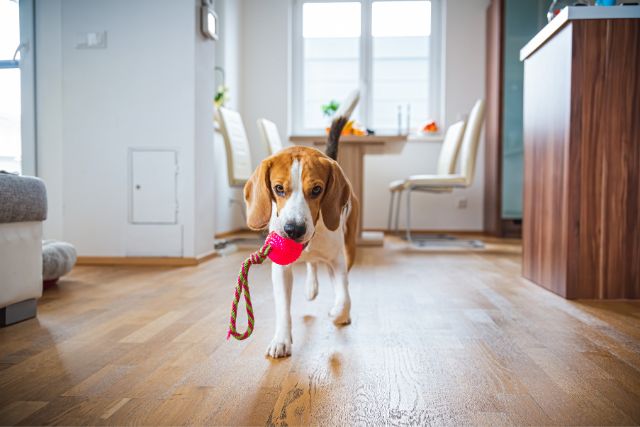

Toys and Entertainment
Provide a variety of toys to keep your dog entertained. Rotate toys regularly to maintain interest and consider interactive toys that challenge your dog’s mind.
Puzzle feeders and treat-dispensing toys are great options.
Exercise Needs
Regular exercise is crucial for your dog’s health. Ensure your dog gets daily walks and playtime. If you have a yard, make it a safe and engaging place for your dog to explore and play.
Special Considerations
There are special times and circumstances that require extra attention to keep your dog safe and happy.
Holiday Safety
Holidays can present unique hazards for dogs. Keep decorations, especially those that are fragile or edible, out of reach.
Ensure your dog has a safe place to retreat to during celebrations, which can be overwhelming.
Temperature Control
Make sure your home is comfortable for your dog year-round. Provide cooling mats and plenty of water in the summer, and extra blankets and a warm place to sleep in the winter.
Monitor your dog’s behaviour for signs of discomfort and adjust their environment accordingly.
Room-by-Room Guide to Dog-Proofing
Each room in your home can pose different risks to your dog. This guide will help you dog-proof your home room by room.
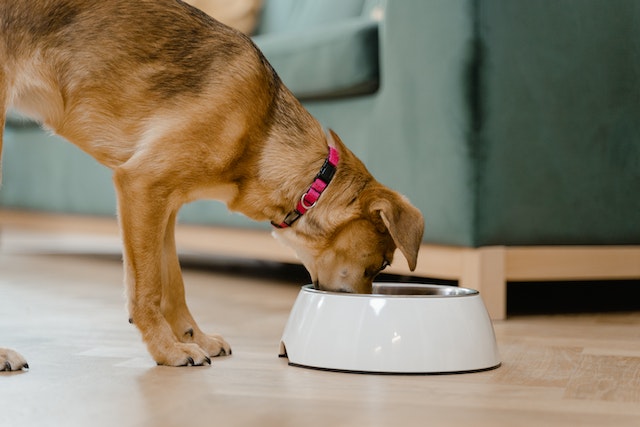

Dog-Proofing the Kitchen
The kitchen is full of potential dangers. Keep food out of reach, store cleaning supplies securely, and use child-proof latches on cabinets.
Ensure that trash cans are inaccessible and that small appliances and cords are safely stowed away.
Dog-Proofing the Living Room
In the living room, secure electrical cords, remove small objects that could be swallowed and ensure that the furniture is stable. Use covers on sofas and chairs to protect them from hair and scratches.
Dog-Proofing the Bedroom
Keep medications, jewellery, and other small items out of reach. Ensure that electrical cords are not accessible and that any heating devices are safely positioned.
Provide a comfortable bed for your dog to sleep in the bedroom if they like to be close to you at night.
Dog-Proofing the Bathroom
Bathrooms can contain many hazards, including cleaning products and personal care items. Keep these out of reach and ensure that the toilet lid is always closed.
Store medications securely and keep the floor free of small items like razors and cotton swabs.
Dog-Proofing the Laundry Room
The laundry room can be dangerous due to detergents and cleaning supplies. Store these items in high cabinets and ensure that the washer and dryer doors are closed when not in use.
Keep the floor clear of small items like dryer sheets and loose socks.
Outdoor Safety and Comfort
Your yard should be a safe and enjoyable place for your dog to play and relax.
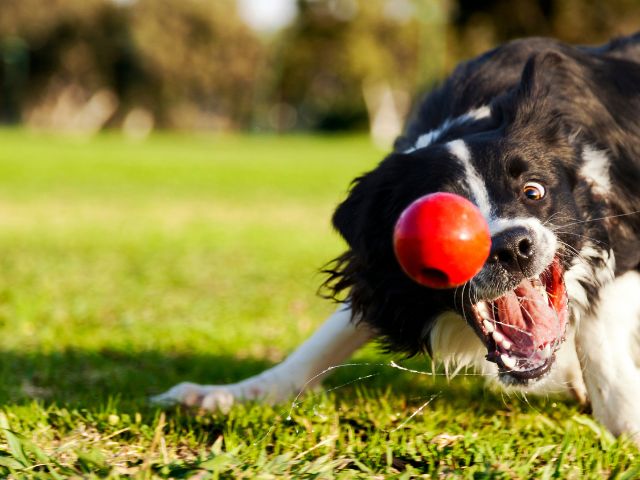

Securing the Yard
Ensure that your yard is securely fenced and that there are no gaps or broken panels. Use gates that are sturdy and secure to prevent your dog from escaping.
Dog-Friendly Landscaping
Choose plants that are safe for dogs and avoid those that are toxic. Create shaded areas and provide fresh water to keep your dog cool during hot weather.
Consider installing a dog-friendly area with grass or artificial turf for your dog to play on.
Outdoor Play Areas
Create a designated play area in your yard where your dog can run and play safely. Use durable, dog-safe toys and consider adding agility equipment or a sandbox for digging.
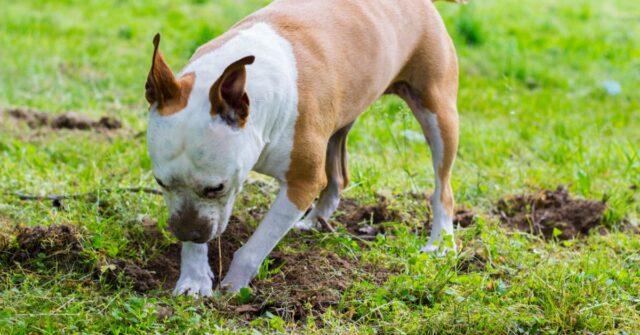

Providing Shade and Shelter
Ensure that your dog has access to shade and shelter when outside. This could be a covered patio, a doghouse, or a shaded area under a tree.
Provide plenty of fresh water and avoid leaving your dog outside for extended periods in extreme weather.
Conclusion
Making your home dog-friendly involves careful planning and attention to detail, but the rewards are well worth the effort.
By following the tips in this guide, you can create a safe, comfortable, and enjoyable environment for your dog, ensuring their happiness and well-being.

